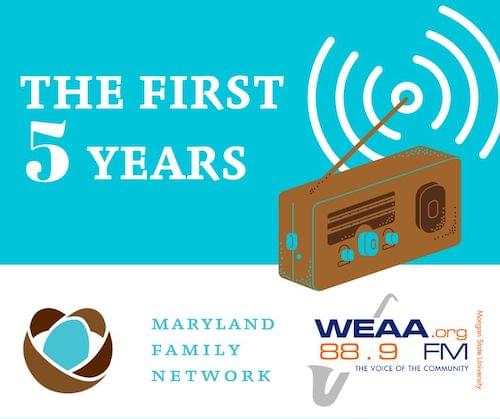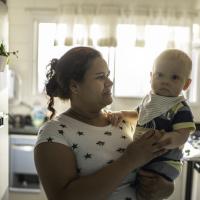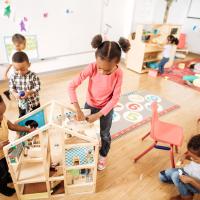Sudden infant death syndrome or SIDS is the unexplained death, usually during sleep, of a seemingly healthy baby who is less than a year old. It’s sometimes known as crib death because that’s where the infants often die. The root cause of SIDS is mostly unknown. However, we do know how to reduce the risks.
Resources
Safe Sleep (AAP)
Updated Sleep Guidelines to Help Reduce SIDS (Cleveland Clinic)
When I watch the news or just look around our city, it can feel like poverty, and child poverty especially, is never ending but there is some good news on the issue.
Resources
Baltimore Young Families Success Fund (Baltimore City)
Lessons From a Historic Decline in Child Poverty (Child Trends)
In Baltimore City, parents pay on average, between ten and eleven thousand dollars a year for one child to attend child care. Thankfully the Child Care Scholarship program helps parents offset these costs...but the program can improve to better serve families.
Resources
Halloween is here and after two years of pandemic, it’s going to be a big one! But don’t let the excitement distract you from protecting kids this holiday.
Resources
Halloween Safety Tips (Nemours)
According to the CDC, Black women are three times more likely to die from a pregnancy-related causes than white women.
Resources
If you’re a parent you probably visit a lot of playgrounds. They seem pretty straightforward. But the playground outside of your family’s child care program is just as important as what’s happening inside the building.
Resources
Resources for Safe Playgrounds (Head Start)
Playgrounds and Their Role in Child Development (NESCA)
The Benefits of Playgrounds on Child Development (Foundations for Learning)
The CDC says that breastfeeding could decrease infant mortality by as much as 50%. Despite this, less than 60% of Black moms have ever breastfed.
Resources
Have you ever been on a plane behind a crying baby? Just before your eardrums are about to burst, a grandmother arrives and knows EXACTLY what to do to stop the fussing. How does she know? It turns out the answer is experience.
Resources
During the first 1,000 days of a child’s life – that’s from birth to about age two-and-a-half – there is more growth and development than at any other point in life.
Resources
Why 1,000 Days? (1,000 Days)
Play is how we learn to learn. Beginning at birth children need lots of play time. It engages every aspect of human development—social, emotional, cognitive, and physical.
Resources
10 Things Every Parent Should Know About Play (NAEYC)
Brain Building Through Play: Activities for Infants, Toddlers and Children (Harvard Center on the Developing Child)











